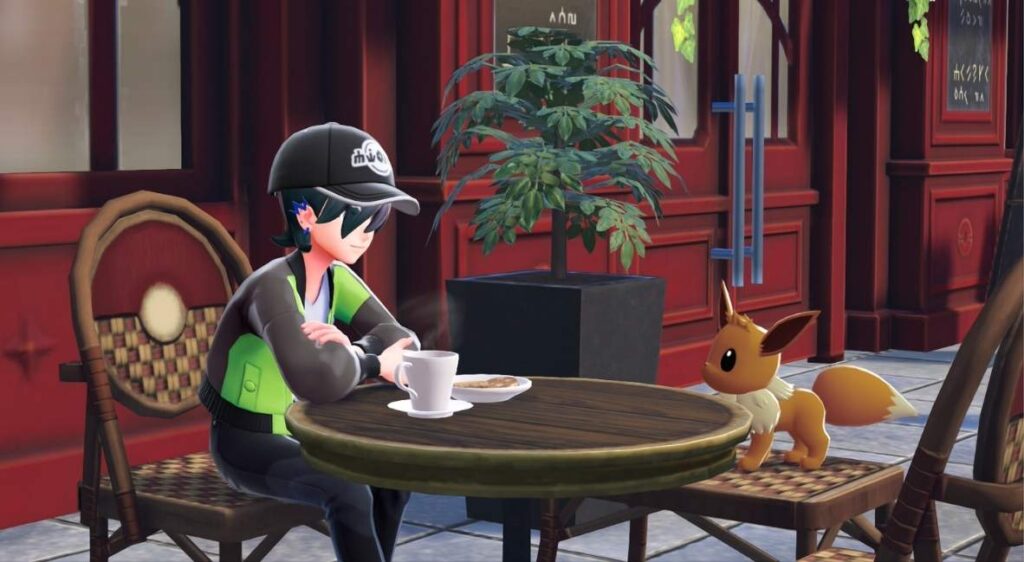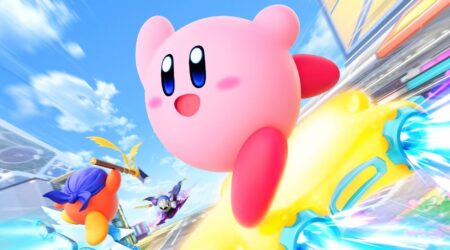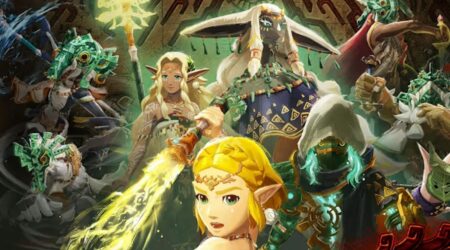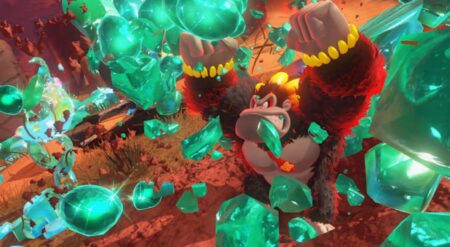Pokémon Legends Z-A, the new entry in the iconic monster-catching series, is a welcome shake-up to the franchise. Ditching the turn-based battles the series is known for, Z-A instead opts for real-time action battles. It genuinely changes the approach to any confrontation, redefining how moves work entirely.
The story is a lot of fun, with a fantastic cast of characters that are instantly memorable. While there are missteps with the combat and side quests, Pokémon Legends Z-A is so much fun that the little things get lost in the joy found here in Lumiose City. It feels like one of the series’ many movies in its scope and execution, in the best way.
Pokémon Legends Z-A brings the unnamed player character to Lumiose City, a city full of tight alleys and open battle arenas. This is the series’s first return to the Kalos region since Pokémon X & Y, taking place 5 years after the events of those games. The narrative that unfurls here directly calls back to the events of those games, without making them must plays if you haven’t already.
It interestingly looks at the fallout of that story – how do we rebuild after tragedy? How do those at fault reintegrate and find forgiveness, and even more so, can they? It’s a solid story that swings harder than other mainline games in recent memory.
Pokémon Legends Z-A is a bold swing for the franchise.
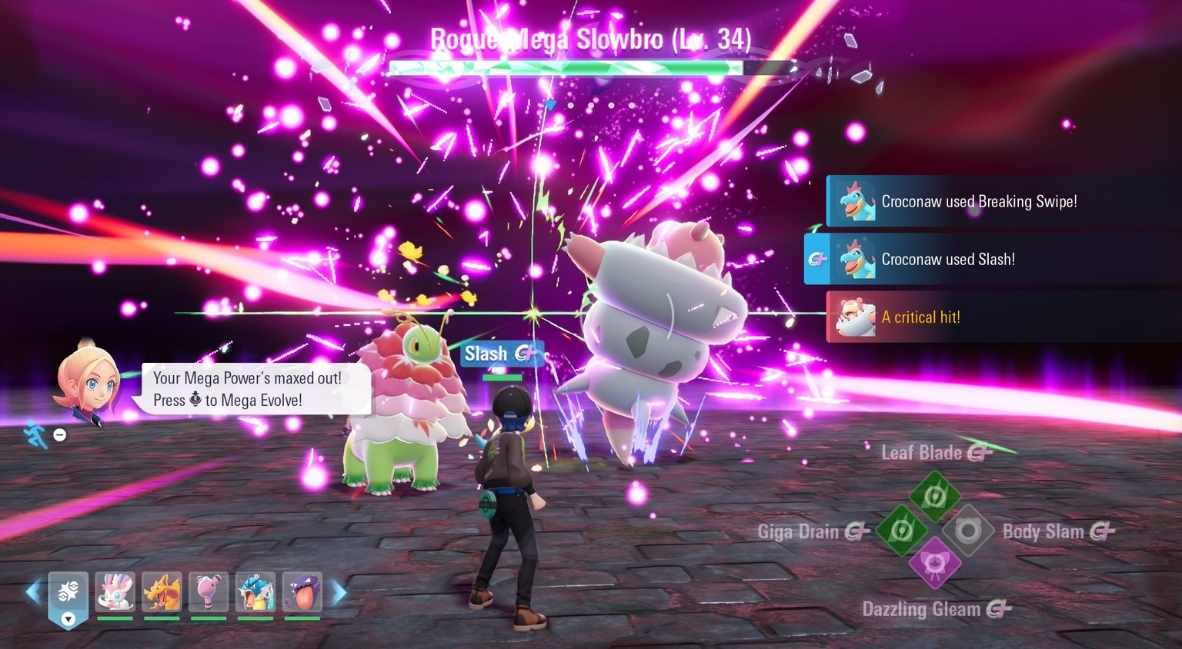
The story wouldn’t be anything without its characters, here focused on a group of teenagers trying to save the city. Pokémon are rogue mega evolving all over the city, a danger not just to the inhabitants, but to the Pokémon themselves. There’s a surprising amount of depth and character growth for each character. I was genuinely excited to learn more about each, with Naveen, the dour clothing designer, being a standout. Watching him become a bigger part of the team and accept the responsibility of saving the city was engaging the entire time.
Lumiose City is as important as the rest of the cast, as the entire game takes place within its streets. At first, everything can blend together a bit, but as I jumped across rooftops, found landmarks, and battled, a feeling of familiarity settled in.
It reminded me of Yakuza/Like a Dragon‘s Kamurocho, where the city came alive outside of its inhabitants. I’d be happy to come back here in future installments – to see how it’s changed, what Pokémon moved in to call it home, and revisit old haunts.
The surrounding cast is just as excellent as the core cast. You really get to spend time with them and see them across multiple fights. From the electric streamer Canari to the lovable meathead Ivor, each interaction with them is one to look forward to. Corbeau, effectively a mob boss, is probably the closest thing to a Yakuza character we’ve ever seen in a Pokémon game, making him an instant classic in my books. The writing here is strong across the game, with each new personality being one to remember.
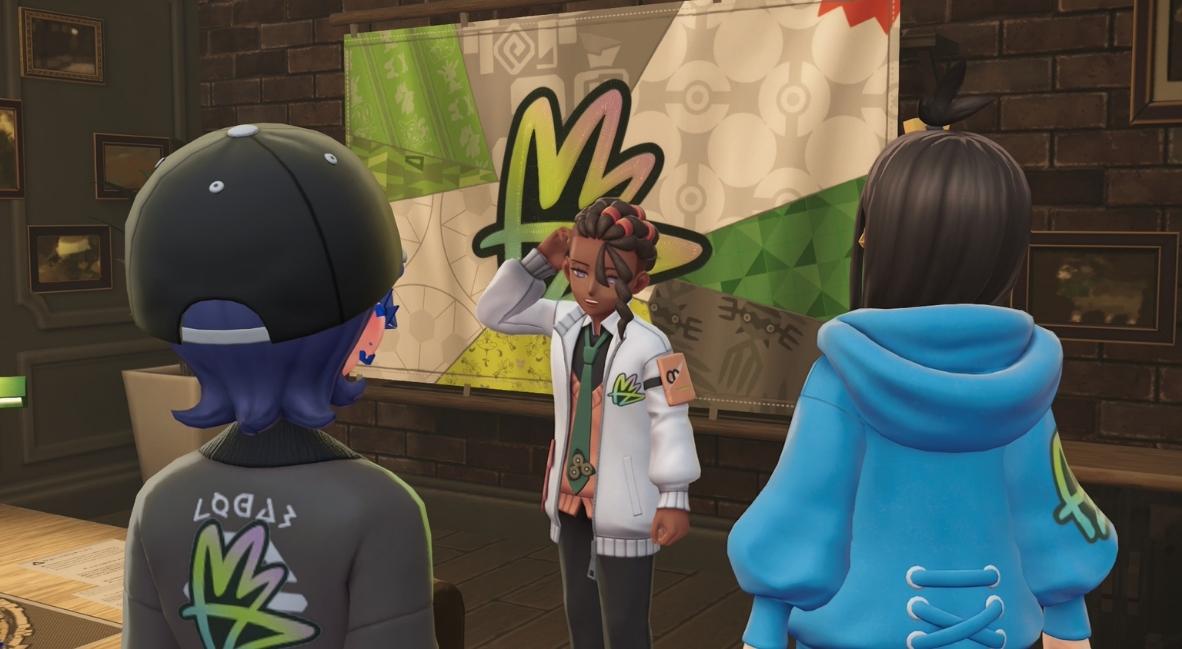
The one thing truly missing for the cast is voice acting. As much as the writing sells each interaction, the lack of a voice is really felt here. Great voice acting can really elevate a character, imbuing them with a hard personality that can take a character from good to truly memorable. It was less noticeable with past entries, but as Pokémon grows more into 3D and better graphics, it gets harder to ignore. I really hope Pokémon adds proper voice acting in the series in the future.
Pokémon Legends Z-A new major draw is the revamped battle system. Gone are the traditional turn-based fights of old, replaced by real-time action combat. You can attack from the overworld, triggering a battle where positioning becomes the name of the game. The trainer runs around, calling out attacks for their partners to use.
The thing is, the moves trigger from where your trainer is, making finding the sweet spot of dodging enemy attacks while firing off your own move an incredibly important choice. The trainer can go down just as the Pokémon can, adding an extra layer of strategy to the fight.
All of your attacks have cool-downs now, meaning you can’t just rely on one attack turn after turn. This genuinely changed my relationship with choosing attacks for my Pokémon. I’ve traditionally been a player who loved hammering attack moves, ignoring status effects or stat change moves in favor of damage output. With Pokémon Legends Z-A‘s new approach, I found new appreciation for moves like Sword Dance, boosting my partner at times when the damage-dealing moves were on cooldown.
The switch from turn-based combat to real-time combat gives the game a cinematic quality.
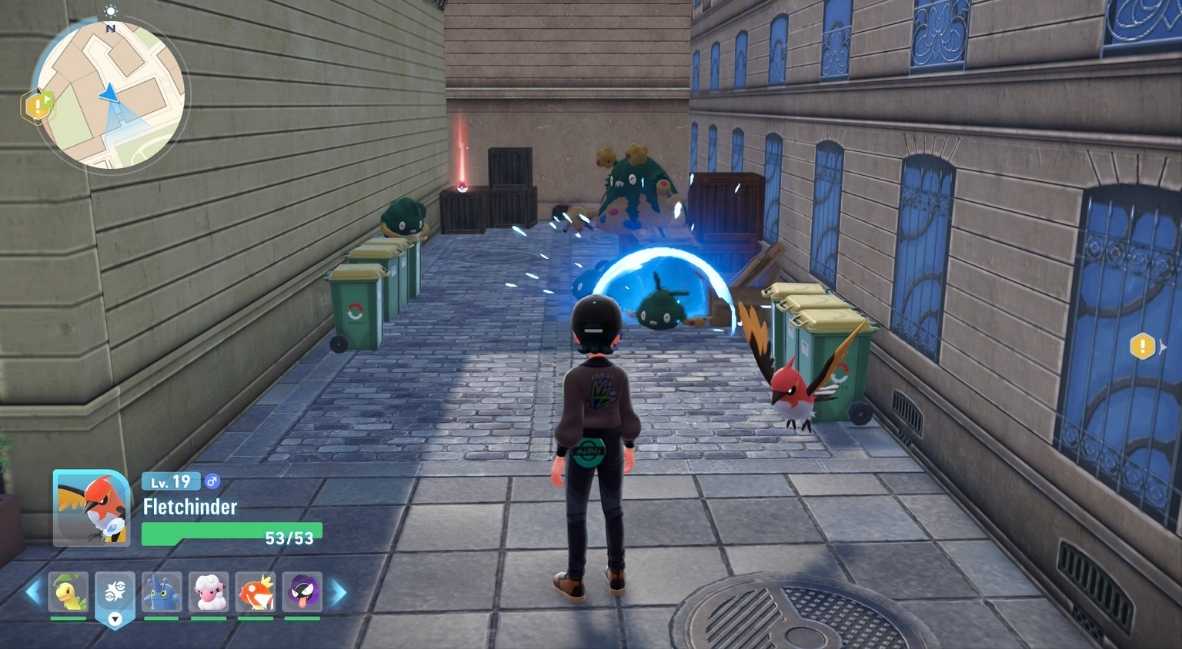
Everything gets turned up to 11 with the Rogue Mega battles, where a suffering Pokémon is forced to Mega Evolve. It’s a painful process for a Pokémon, where the connection with a trainer is usually a prerequisite, and the Pokémon rampages until it’s calmed down.
These boss fights are massive, with the Pokémon usually going after the trainer. It reminds me a lot of Final Fantasy XIV‘s raid battles, finding the perfect time between dodging huge attacks to fire one off of your own. My Gyarados was a mainstay, assuming the type advantage worked out, as it could fly towards the rampaging creature, avoiding a lot of ground damage.
As you hit and deal damage, the Rogue Pokémon drops bits of Mega energy – collect enough, and you can Mega evolve your own Pokémon to start dealing real damage. Every one of these battles is epic and huge, but they are built on the necessity of having critters of your own that can Mega evolve.
A lot of Z-A‘s Pokémon can, but plenty can’t, making those members of your team little more than cannon fodder in these fights. Sylveon is one of my favorite Pokémon, but it was next to useless in these fights. You can still use them to collect Mega energy, but the switch to a Mega-evolving Pokémon is necessary to deal damage effectively. These battles are awesome spectacles, but I do wish more Pokémon could have been included in them meaningfully.
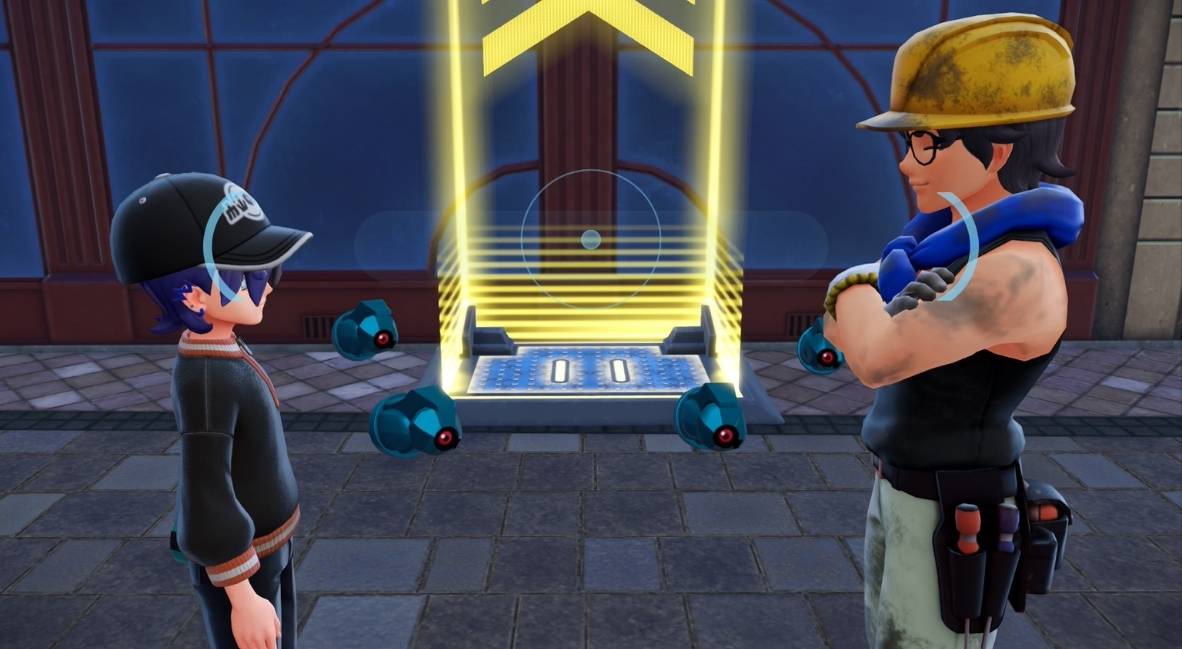
The city is also undergoing redevelopment plans, where wild zones are being established throughout the city. These areas are spaces where wild Pokémon roam freely, an effort to live peacefully alongside wild Pokémon. It’s here where trainers can catch and battle Pokémon to add to their teams.
They’re diverse in their environments. One area can be full of water and grass, spawning plenty of Magikarps and Bidew, while another finds Pokémon like Delibird hanging out in the snow. The day/night cycle also brings different Pokémon at different times. I was always excited entering a zone for the first time, exploring to see which of my favorite critters could be found there.
As the day rolls into night, certain areas of the city turn into a battleground, hosting the Z-A Royale Tournament. It’s an all-out nightly battle royale to find the strongest trainers in the city. You roll into the designated battle sight for the evening and start to jump trainers to climb the ranks. Different cards litter the areas, giving the player specific challenges to gain more points to rank up. While one may give a points bonus for a certain number of sneak attacks on unsuspecting trainers, another rewards using Ground-type moves in battle.
The Pokémon Legends Z-A Royale Tournament remains a blast throughout the game.
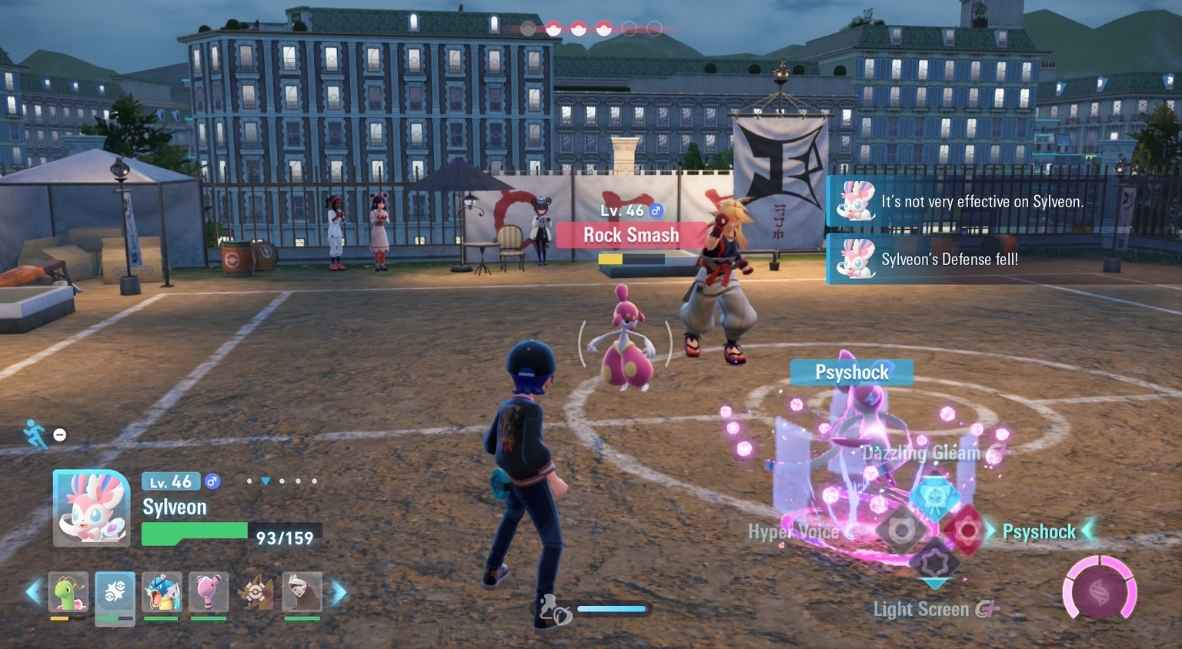
These cards get really important, especially as the point goals go higher to rank up. It made me use my entire team instead of just relying on a Pokémon or two, swapping moves in and out depending on the cards I had in my hand. You can sneak up on unsuspecting trainers and launch attacks at them as well, sometimes taking out one of their Pokémon before the battle even starts. It was constantly hilarious jumping unsuspecting combatants – I never got sick of trying to find the optimal way to get close enough to a trainer without being seen.
The Pokémon Legends Z-A Royale Tournament is a constant blast, racing against the clock to try and hit the necessary point total for your next Promotional Fight before night turns to day. Once you do, you can challenge the next trainer, and beating them brings the next rank. They effectively replace the Gym Battles from previous entries, especially as most of the important fights are focused on a specific type of strategy. Chasing the next rank was a constant goal, where team building, catching Pokémon, and completing side quests filled the day, and the nights brought battle after battle.
The disappointing bit here is that at one point, there is a significant jump in rank. You start out at rank Z, with the goal of moving backwards through the alphabet to get to A. The problem is the jump, which effectively clears out more than half of the alphabet in one go. I would rather Gamefreak lower point totals and provide a more consistent climb, instead of a huge skip because the plot wills it so. While everything there is still great and a lot of fun, it weakens the central conceit on which the game is built.
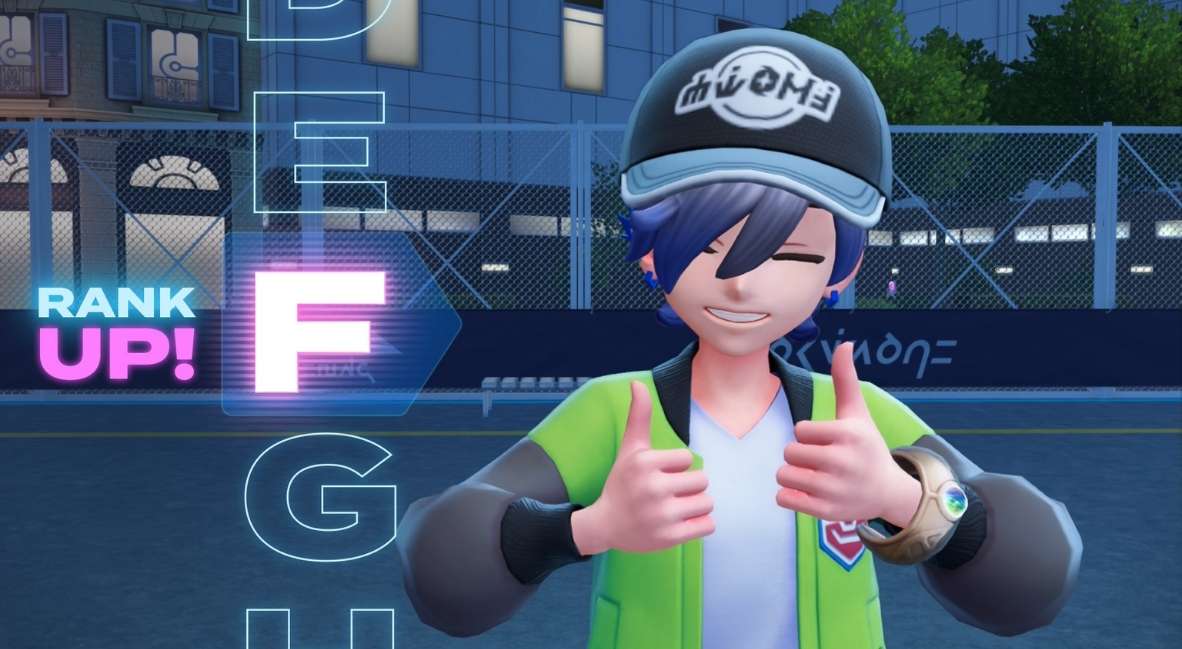
Side quests in Pokémon Legends Z-A are largely standard in premise, but they’re loaded with so much personality that it makes them more interesting. They’re usually just battles or fetch quests, but most of them are hilarious or touching in some respect.
One early side quest tasks the player with bringing a wanting trainer a Pikachu, trading your newly caught ‘mon away, as she wants a Raichu. The trainer happily receives her new friend, evolves them to a Raichu, and reads the Pokedex description. To her shock, she finds out that Raichu sometimes attack their trainers when riled up. Her shocked expression still lives in my mind, bringing out genuine laughs as she realized her new reality.
There are plenty of moments like this. For every humorous situation, like a taxi driver being unable to move their car because a Chespin keeps fighting it, there are also moments of heart. One side quest sees a number of Beldum blocking a Holovator, an elevator that brings players to the accompanying roof.
The construction worker asks for help to remove them, so you battle them and drive them off. Soon enough, they’re back, as both you and the worker discover that they like the electromagnetic waves the elevators emit. The worker elects to befriend and work with the Beldum. It’s a simple quest mechanically – fight off a few wild Pokémon, but the story around it is what makes it fun.
Pokémon Legends Z-A feels like one of the series’ movies come to games.
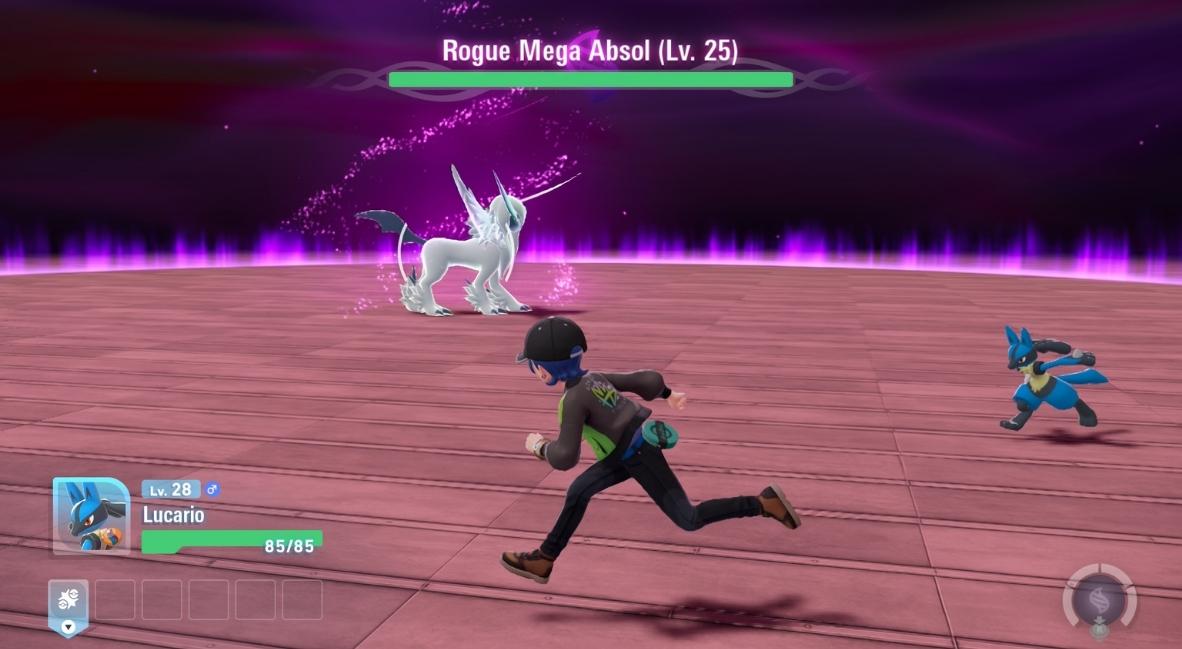
Graphically, this is among the best Pokémon have ever looked. The character models are full of life, and the Pokémon have more personality. You can see the sheen on metallic Pokémon like Scizor, and the characters emote more clearly than before. The photo mode is also excellent, with plenty of filters to snap pics with your team. There are some issues with it, with the windows on buildings being clearly just pasted on. The thing is, you spend so much time in motion that the smaller details fade away in the noise, to a positive effect.
There’s just something about seeing a Charizard using Fire Blast, with all the visual splendor of how I imagined it looking all those years ago on the Game Boy. There are some truly beautiful moments to be found here, and the spectacle of each fight is brought to new life graphically. Playing on Switch 2, I had absolutely no technical issues, with a fully locked 60fps and no obvious hangups.
Pokémon Legends Z-A really reminded me of one of the anime movies in the series. Dropped into a self-contained area, a memorable cast of characters, huge battles full of spectacle – it brought me back to watching The Pokémon Movie for the first time.
This wasn’t the traditional adventure the series is known for, instead focusing on Lumiose City and its inhabitants, both Pokémon and humans alike. While there are some growing pains, Pokémon Legends Z-A is a welcome change of pace in a series that’s been running for almost 30 years. Here’s hoping the Legends games continue to serve as testing grounds for new ideas, and that the core mainline games can bring some learned lessons in exciting ways.
Pokémon Legends Z-A is available now on Nintendo Switch 2.
Pokémon Legends: Z-A
-
Rating - 9.5/109.5/10
TL;DR
Pokémon Legends Z-A is a welcome change of pace in a series that’s been running for almost 30 years. Here’s hoping the Legends games continue to serve as testing grounds for new ideas, and that the core mainline games can bring some learned lessons in exciting ways.

